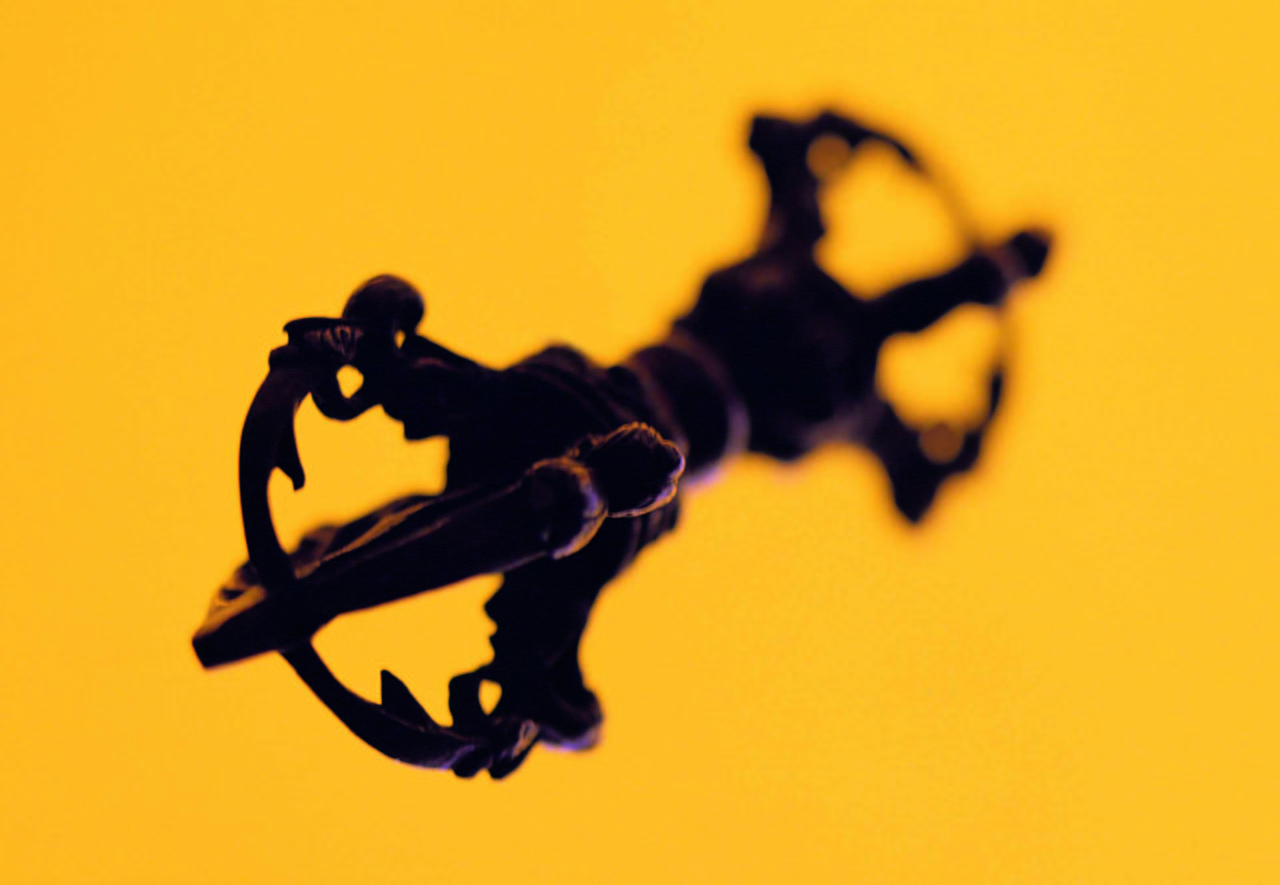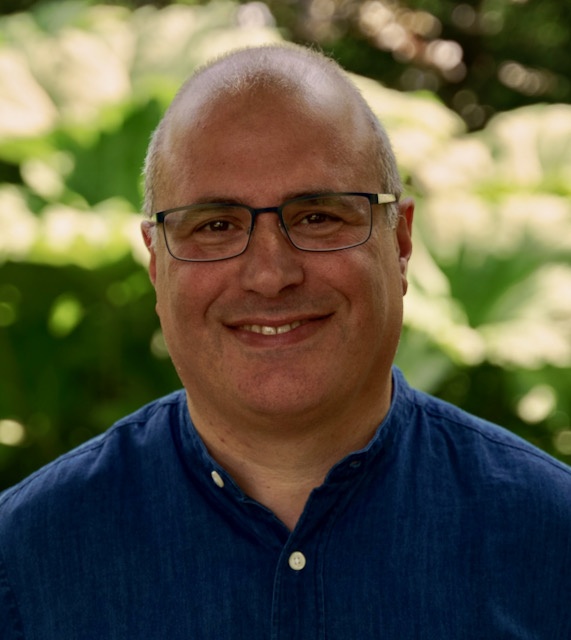What did the Buddha look like? And why does it matter? At the Rediscovering the Buddha Seminar in Bangkok Vishvapani joined leading scholars to advise a Thai artist on the Buddha’s appearance.
23-28 November 2017

I have just returned from Bangkok, where I participated in a seminar entitled ‘Rediscovering the Buddha’ along with a group of scholars from around the world. This was a distinctive event: a gathering of academics (along with me and a Chinese Buddhist teacher, who aren’t academics), but not an academic conference; and the occasion for a discussion of historical issues concerning the Buddha, but with an overarching aim that isn’t really historical at all.
The underlying impetus was artistic and religious. Sunti Pichetchaiyakul is reportedly the most famous artist in Thailand, a young man who works in the Thai hyperrealist tradition and takes it to new levels of care and detail. He made his name with an uncannily lifelike sculpture of a well-known Thai monk, which shows him warts, wrinkles, pockmarks and all. The statue sat beside us in the seminar room, eerily resembling an extra participant.
Sunti’s aim is to create a similarly realistic image of the Buddha, which means showing him as an historical figure; and just as his sculpture goes to extraordinary lengths to recreate physical detail, his project has turned into six years (and counting) of research into the historical Buddha, including visits to Nepal to examine the present day inhabitants of the region where the Buddha lived, and much else. In addition, a documentary film is being made that follows Sunti’s journey, and a multi-camera film crew recorded everything that happened, right down to our private conversations. Our meeting was the next step.
As a Thai scholar who joined us for one session suggested, Thais see the Buddha as a superhuman being who inhabits in a realm of myth rather than history. The tradition of depicting the Buddha in the traditional way, complete with the lakkhanas (marks), is so engrained that it is highly controversial to even consider doing without them. So the idea of depicting an historical version of the Buddha is very charged and given Sunti’s fame this is a very public project. On the first evening of my visit I participated in a press conference with around 10 camera crews, plus other journalists. This is surely a first for a meeting of Indologists.
The conference was part of this research and gathered leading scholars of various aspects of early Buddhism. I was invited because, early in their researches, Sunti and Erica, his American wife, read my book on the Buddha. They are big fans and told me it helped that it synthesises the early sources and the scholarship, and combines a scholarly with a practitioner’s perspective. Of course, Sunti’s project raises some obvious questions for scholars because no one actually knows what the Buddha looked like, and no amount of scholarship can change that. I will say more below about why I think this is, none the less, a worthwhile undertaking in the context of Thai Buddhism.
The questions we were asked to discuss concerned the appearance of the Buddha, but many of the papers outlined the speaker’s interpretation of early Buddhism. There were art historians, textual scholars, ethnographic-anthropologists and a Thai scholar. One highlight for me was hearing Harry Falk, a very distinguished German Indologist, describing his researches into the Pitipuru casket and outlining his argument that it contains genuine ashes of the Buddha. Towards the end of my visit to Bangkok I visited the Golden Mount Wat in central Bangkok, where these ashes now reside.
Johannes Bronkhorst outlined his brilliant and influential rereading of early India according to which the Brahmins were outsiders to the Buddha’s Sramana culture and most of the Upanishads were composed long after the Buddha. I enjoyed getting to know Dr Bronkhorst, whose scholarship I regard highly, and having several long conversations with him. I also enjoyed meeting Robert Decaroli of the Smithsonian Institute, whose excellent book Haunting The Buddha is an account of the role of the gods and spirits in early Buddhist art. He spoke about his second book Image Problems: The Origin and Development of the Buddha’s Image in Early South Asia which explores what it meant to create an image in ancient India. He’s a fine scholar and his work casts light on why there was an aniconic period (images were associated with ghosts and magic) and why it ended (the Kushans invaded, bringing their own artistic traditions). I look forward to reading it. Stephan Baums, described his work on reconstructing the Gandhari manuscripts, which are by far the oldest extant Buddhist texts. He suggested that, on the whole, they confirm what we have hitherto known about early Buddhism rather than adding Dead Sea Scrolls-style revelations.
Of course the scholars disagree with each other – we had two Japanese scholars who take the old view that Buddhism emerged out of Brahminical tradition, Satyakam Sen from Calcutta Museum who has a fine knowledge of Buddhist art, and places it, in the Indian way, within the context of ‘Hinduism’; and Christopher Beckwith whose book Greek Buddha radically questions everything that’s currently accepted about early Indian history, even by revisionists like Falk and Bronkhorst.
Behind all our discussions was Sunti’s question: how should I depict the Buddha so as to be true to the evidence? There was more energy than I anticipated behind the view that the Buddha descended from Scythians (who also have stupas). Harry Falk advocates this hypothesis, and Christopher Beckwith, whose expertise is on Central Asia, takes it much further. If true, that would be important for the Buddha’s aspect, but an ethnologist from Calcutta insisted that the Buddha must have been like the present day southern Nepalis, i.e. Mongaloid. We also spoke about the lakkhanas (marks) including the ushnisha (topknot), the Buddha’s hairstyle (why is it curly?); and his elongated earlobes (which Robert Decaroli thinks have more to do with earrings than superhumanity). Should Sunti include these traditional features, would it be more faithful to the sources if they were dropped, and what would it mean for Thais if they were? The general opinion was that these features developed gradually and have been added to the account of the Buddha that’s found in the Discourses.
My own contribution was rather different. I gave a paper entitled, ‘Representing the Buddha: Evidence and Imagination’, which started by acknowledging the limitations of our evidence, while adding human subjectivity as an extra factor that renders impossible any hope of finding the ‘real’ Buddha. But while subjectivity is a limitation, I suggested that it is also an essential element in both spiritual practice and art. I spoke about what it means to reconceive Buddhism in the modern world; the role of the historical Buddha in this process; and how we can go about finding the human Gautama without losing the Enlightened Buddha. I spoke about the Buddha’s personality, the natural environment and the role of imagination and faith, suggesting that approaching the Buddha historically doesn’t automatically mean removing supernatural elements such as the gods. I told Sunti that I thought the most important thing was to approach the project with sincerity, faith and love.
All this grew from my book and, seven years after its publication, I was gratified to find that it continuing resonance for Sunti and Erica. They were also delighted to see images of Triratna Buddha rupas by Aloka, Chintamani, Sagaravajra and Ajitasena, as well as a painting of the Buddha by Amitajyoti. My approach, like those of these artists, is learned from Sangharakshita, many of whose teachings grow from his experience of Buddhism in Asia and how you can the re-envisage it without reducing it to ‘science’.
My impression is that, like all good artists, Sunti wants to approach his material afresh and this means ‘rediscovering the Buddha’, rather than simply repeating the tradition. I think this also stands for something bigger, which has to do with rediscovering Buddhism at a time of rapid change in Thai society. I wonder if what he is doing is not so much about historical research as a deep and sincere effort to engage imaginatively with the idea of the historical Buddha. What’s at stake isn’t just two kinds of Buddha image, therefore; it’s what the traditional and the historical ways of approaching the Buddha mean for Santi and for his culture.
I am delighted to be able to support the project and look forward to seeing what it produces.

